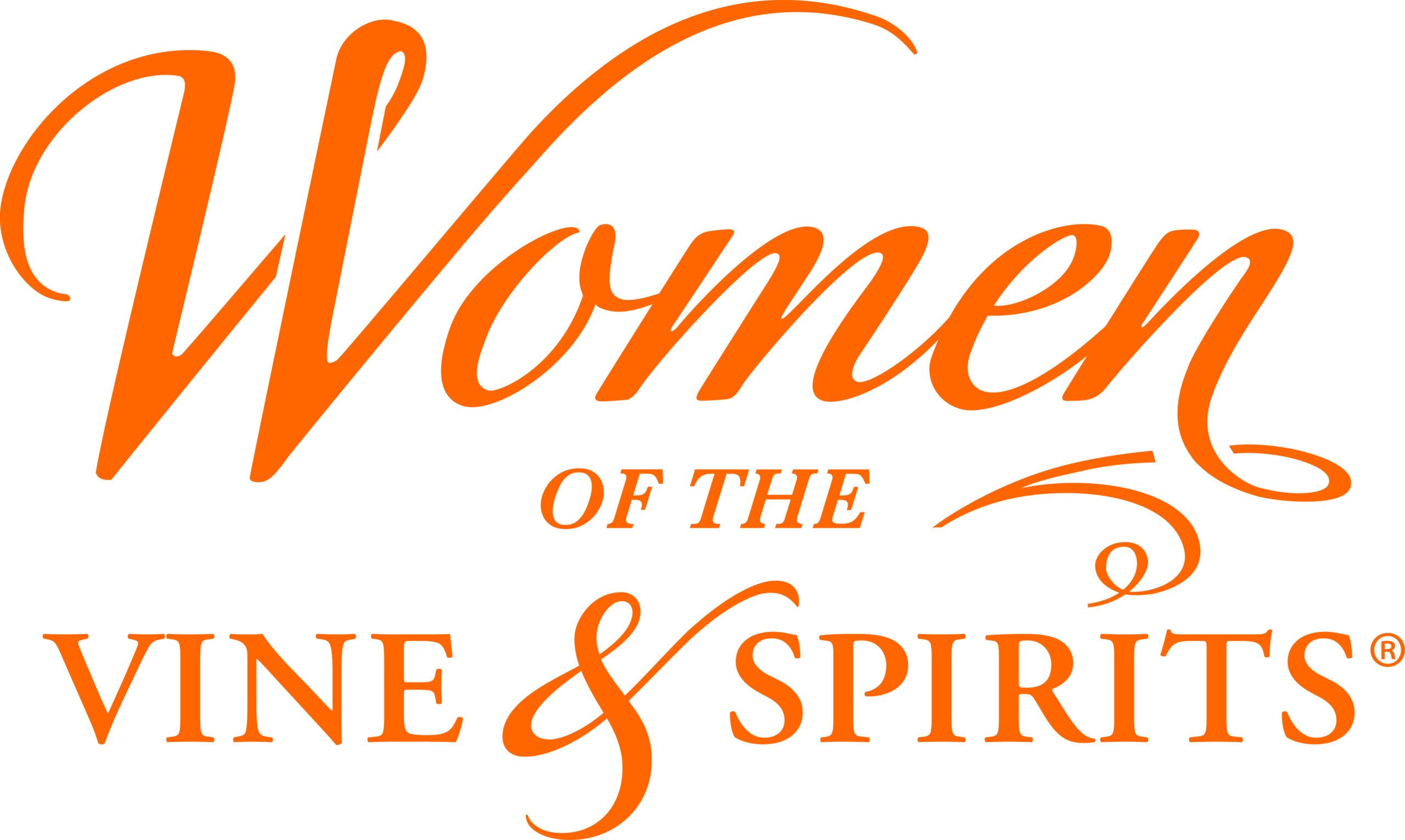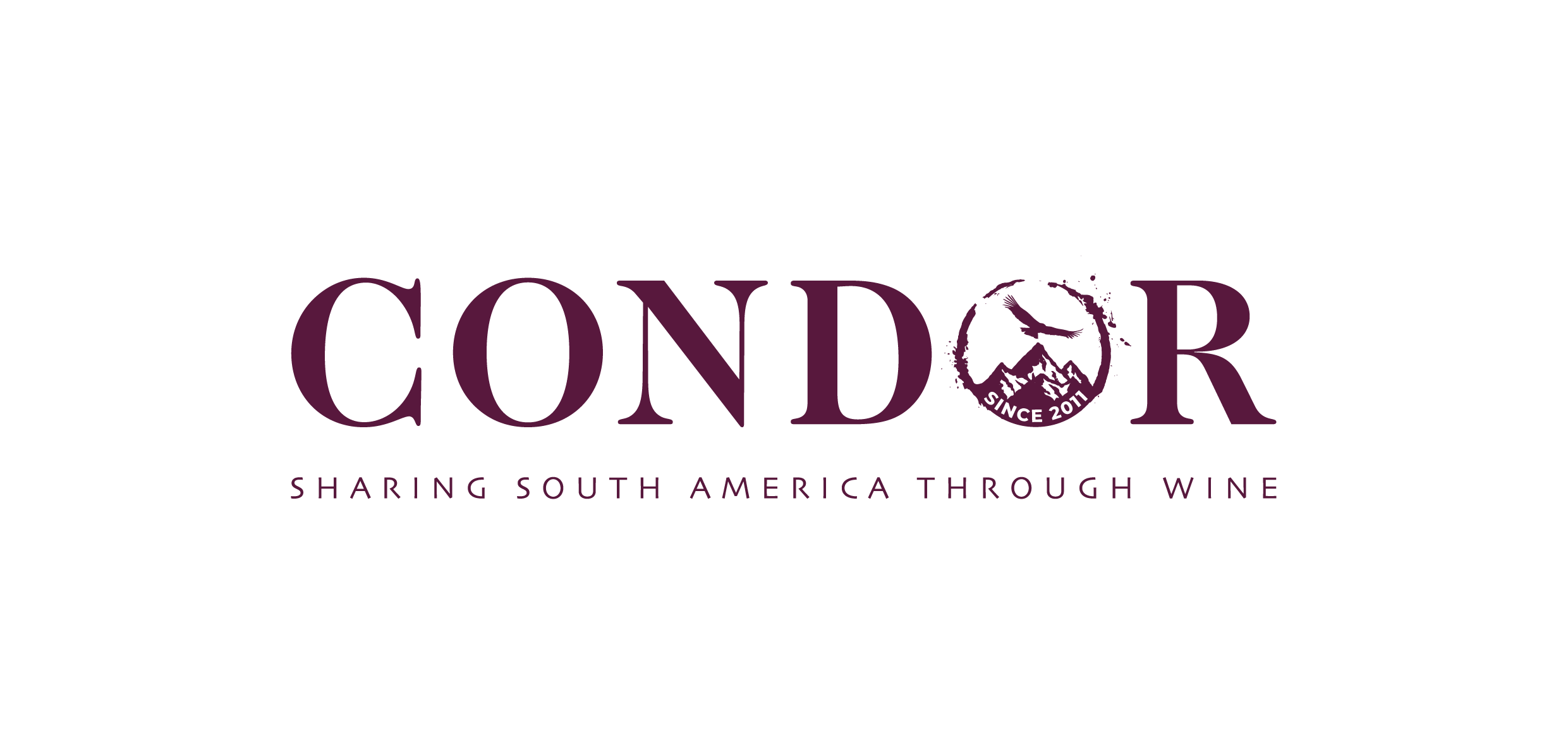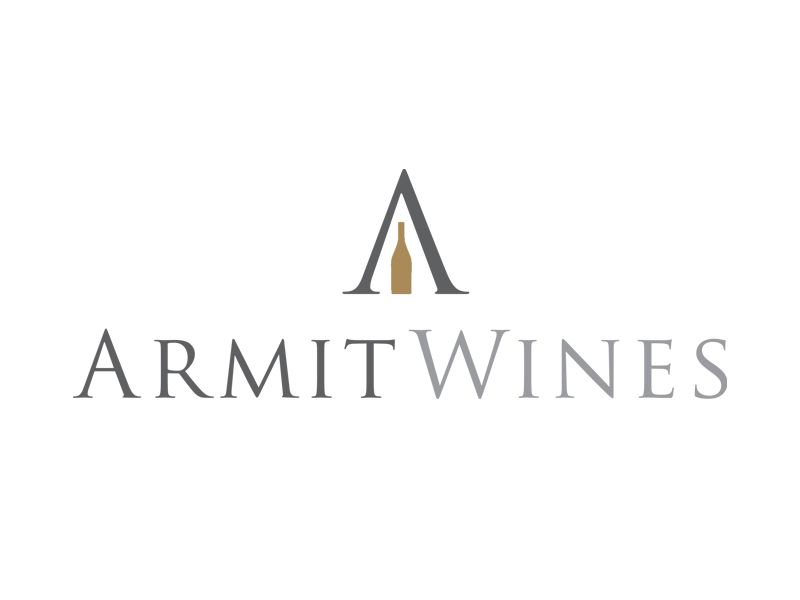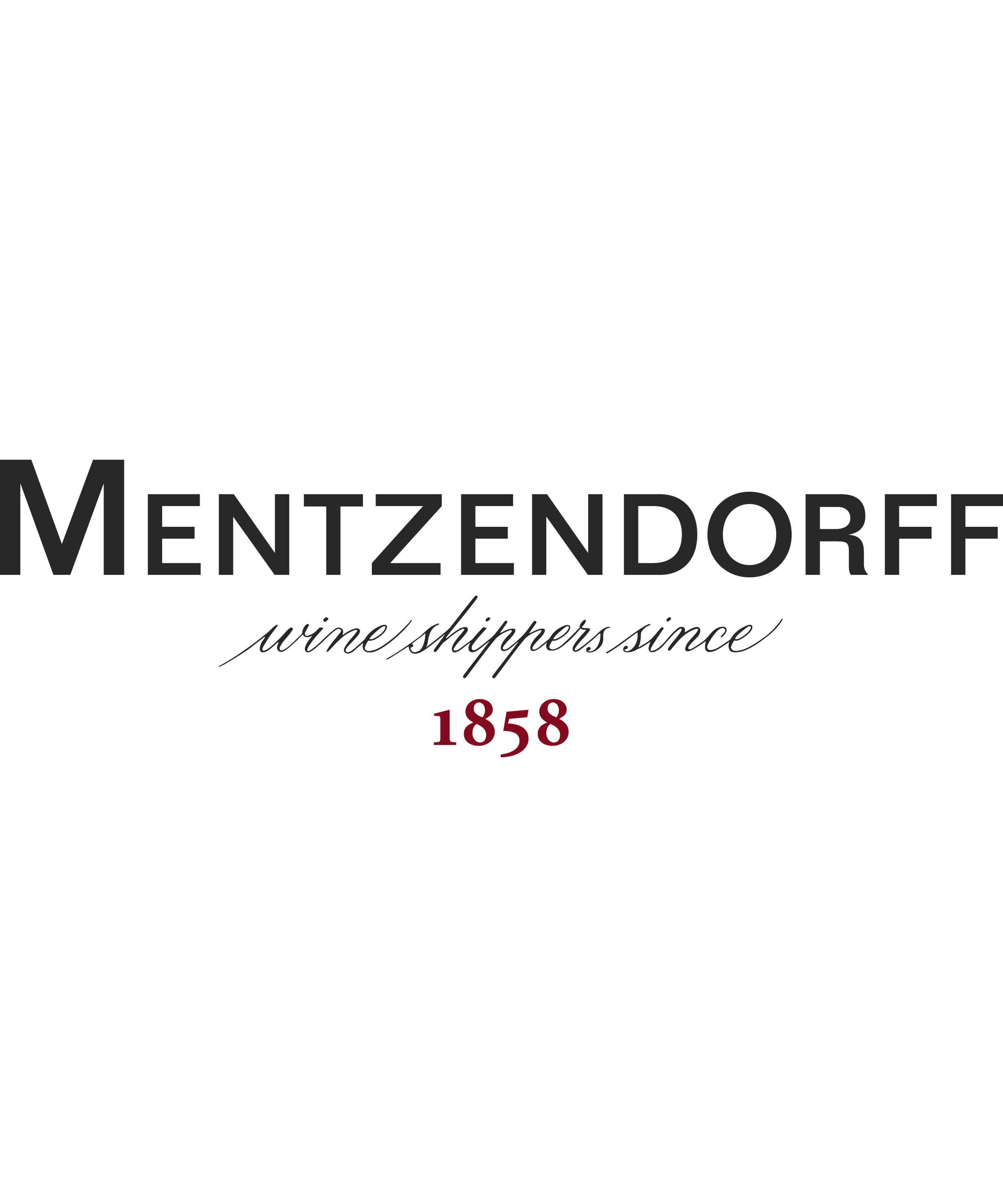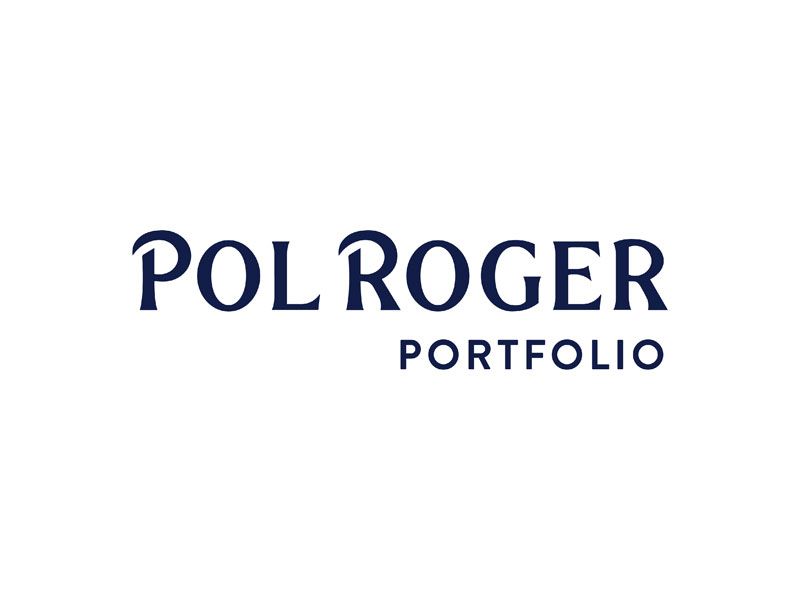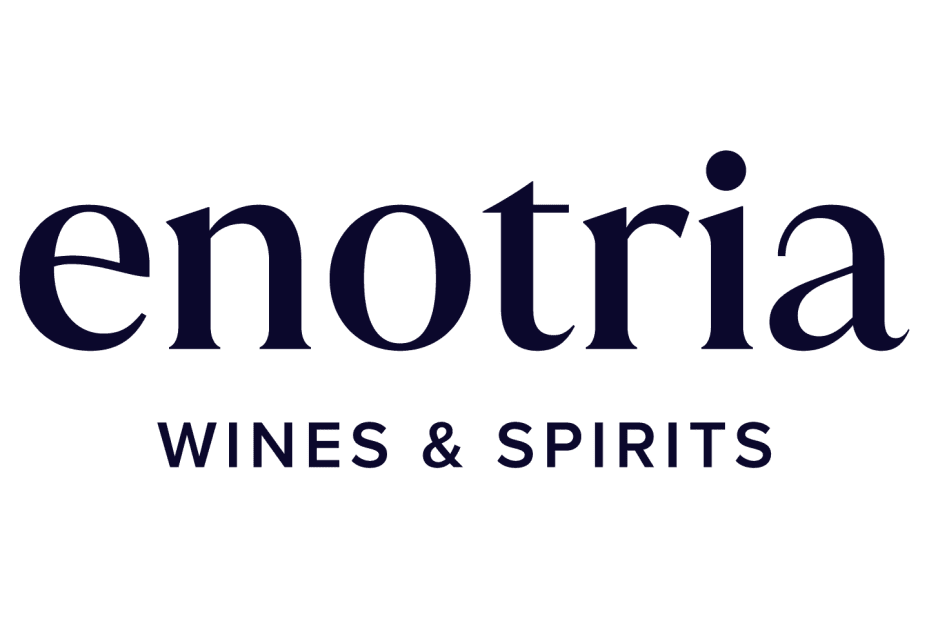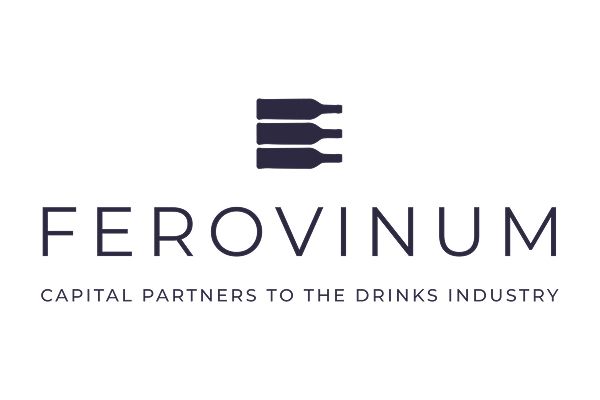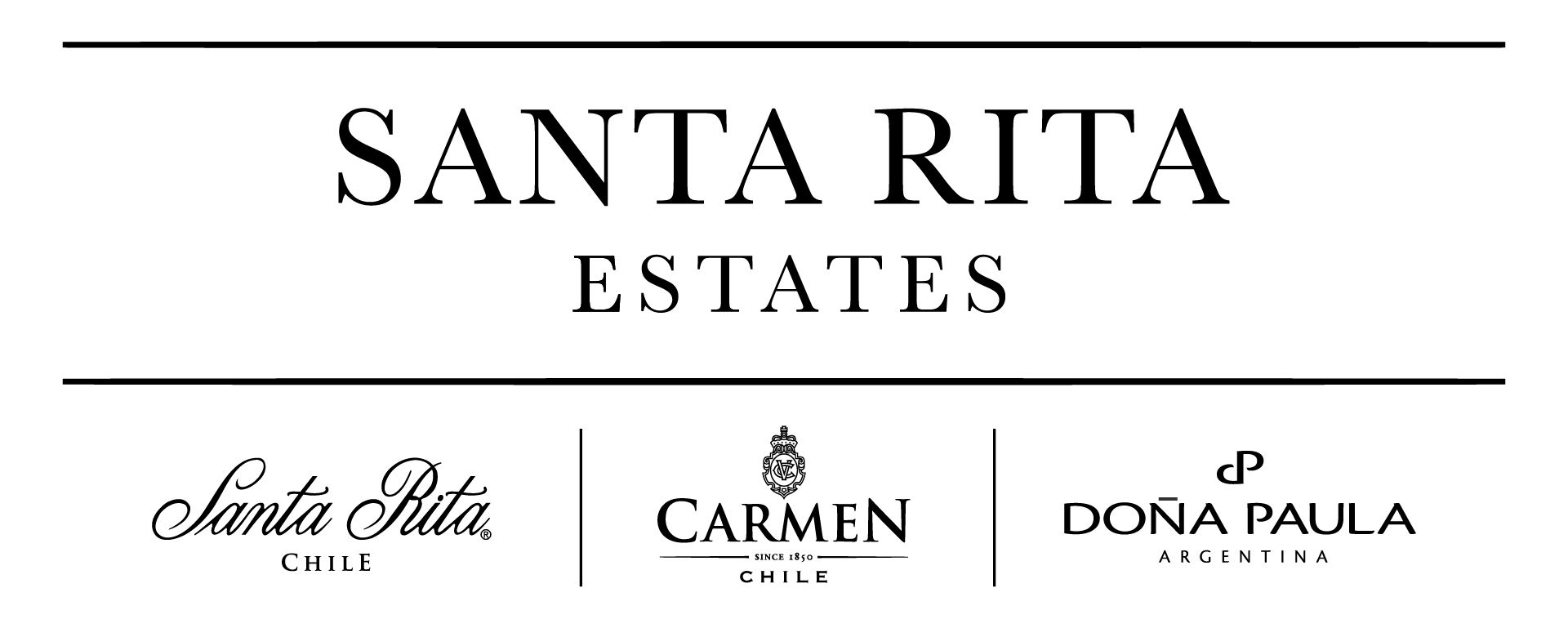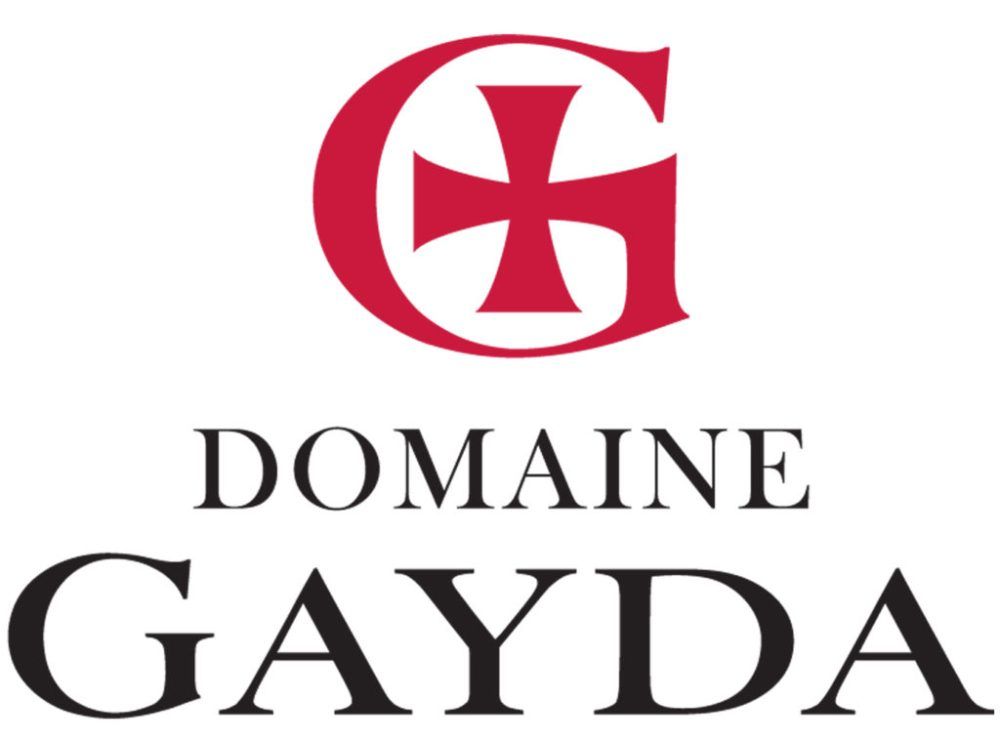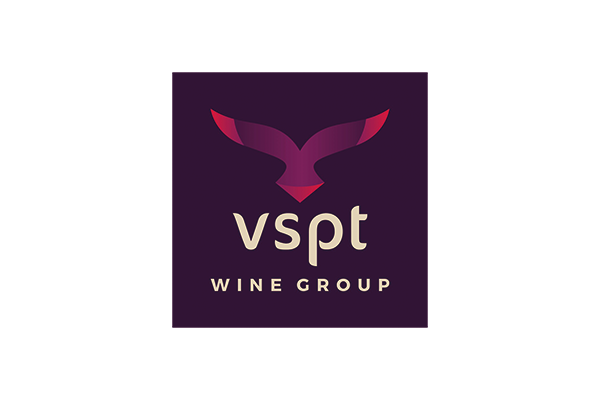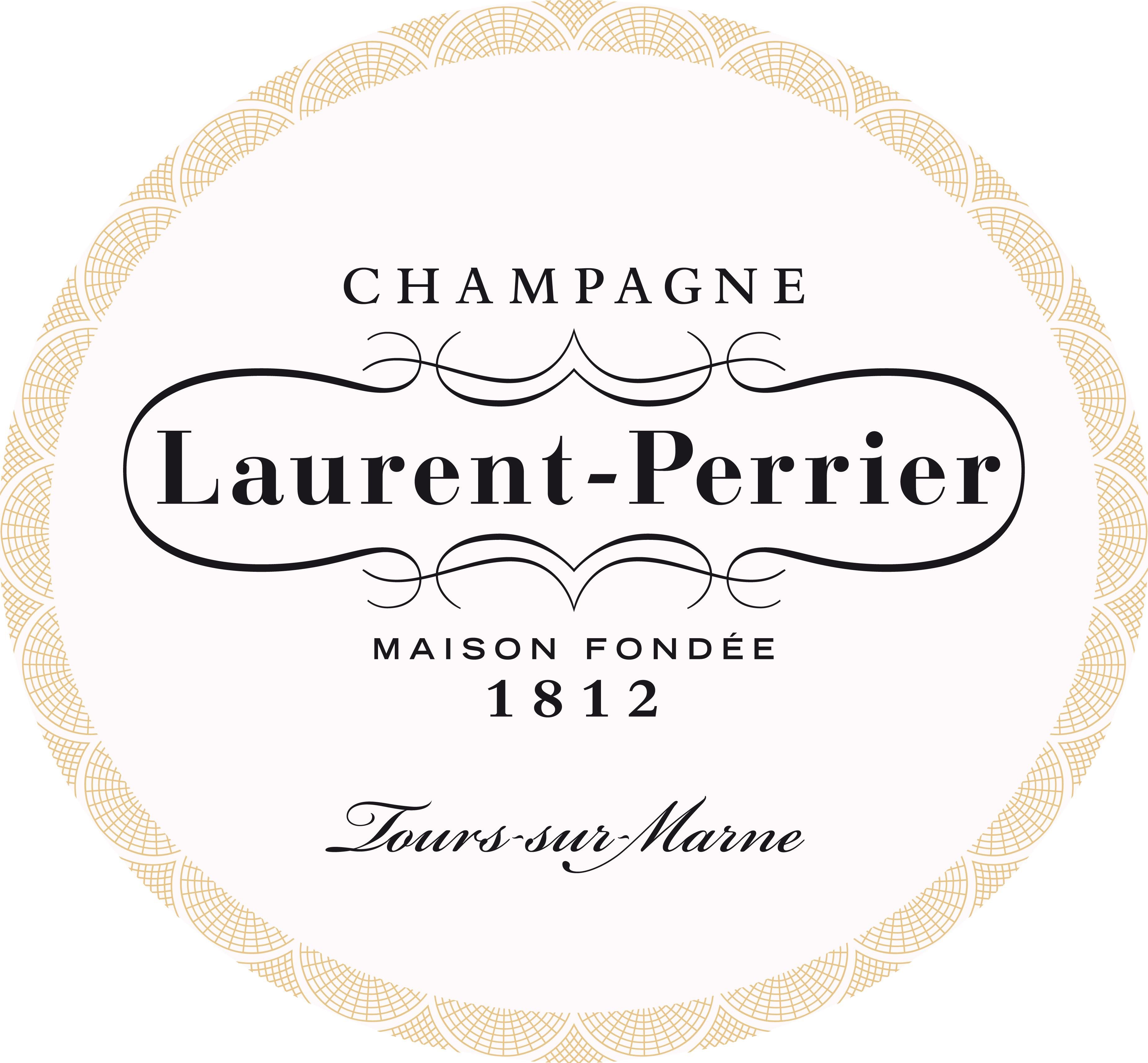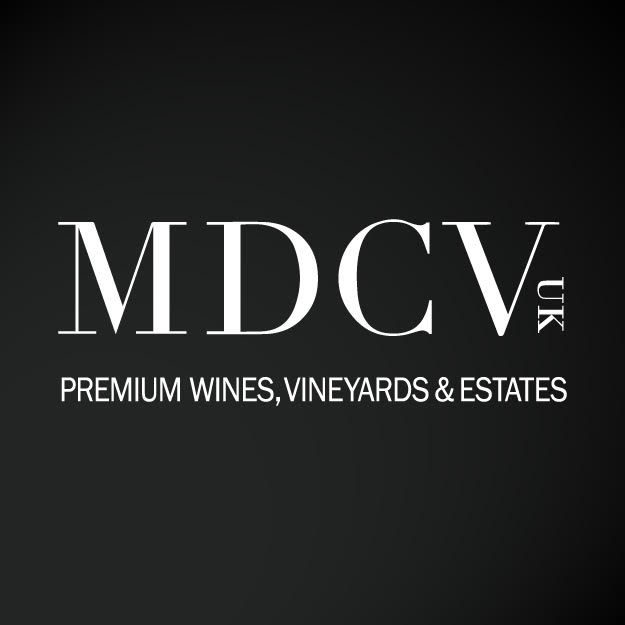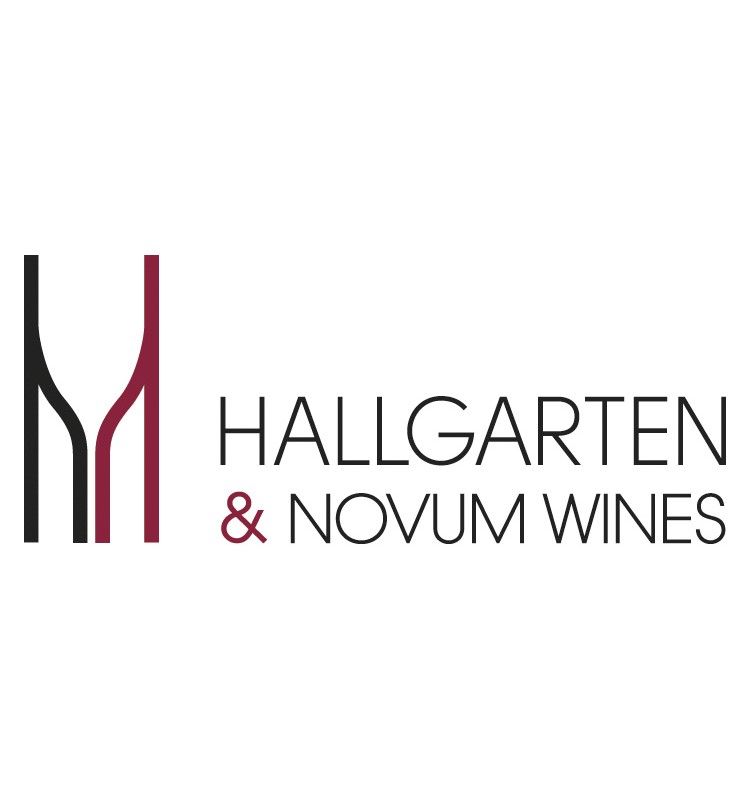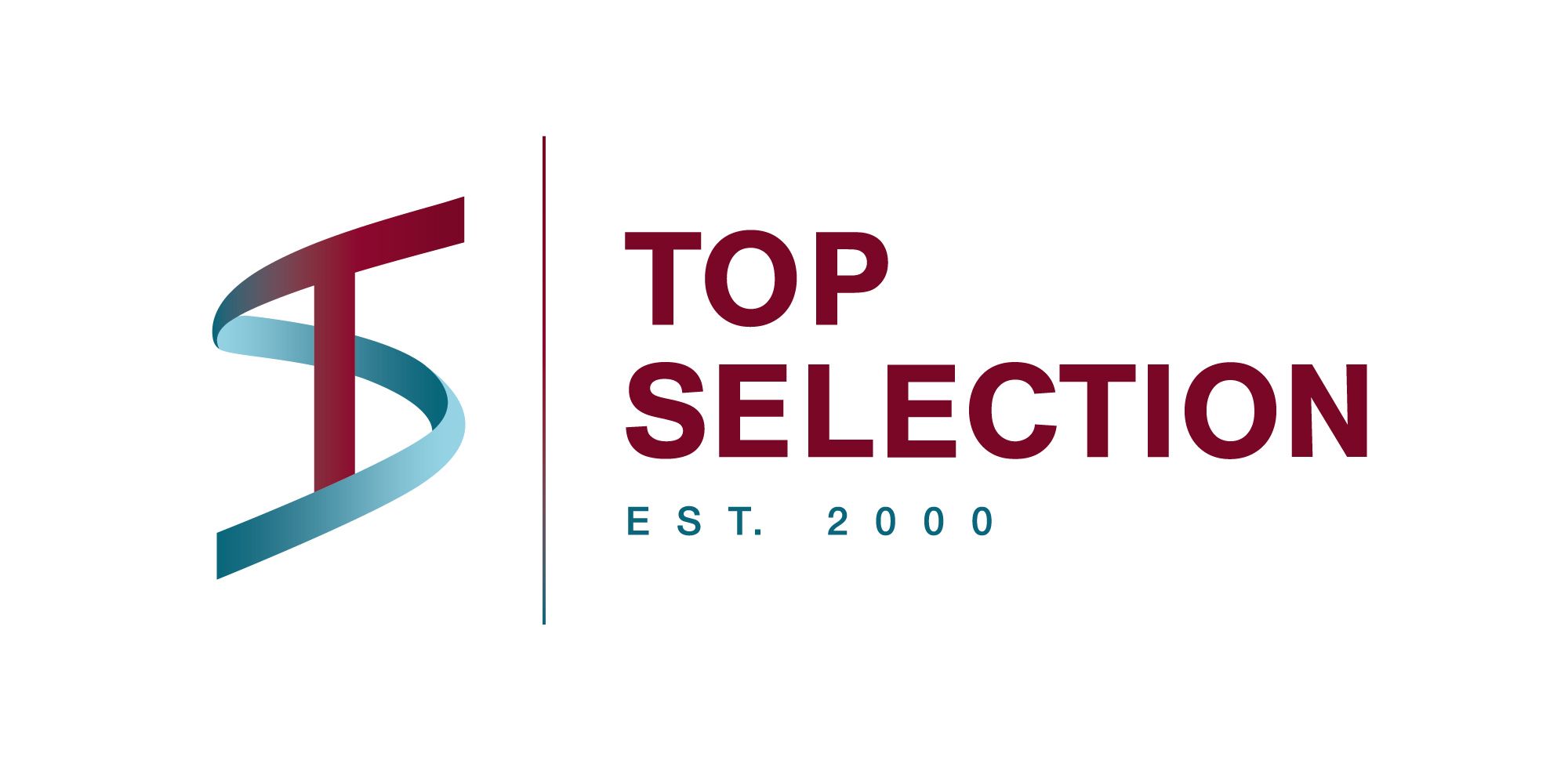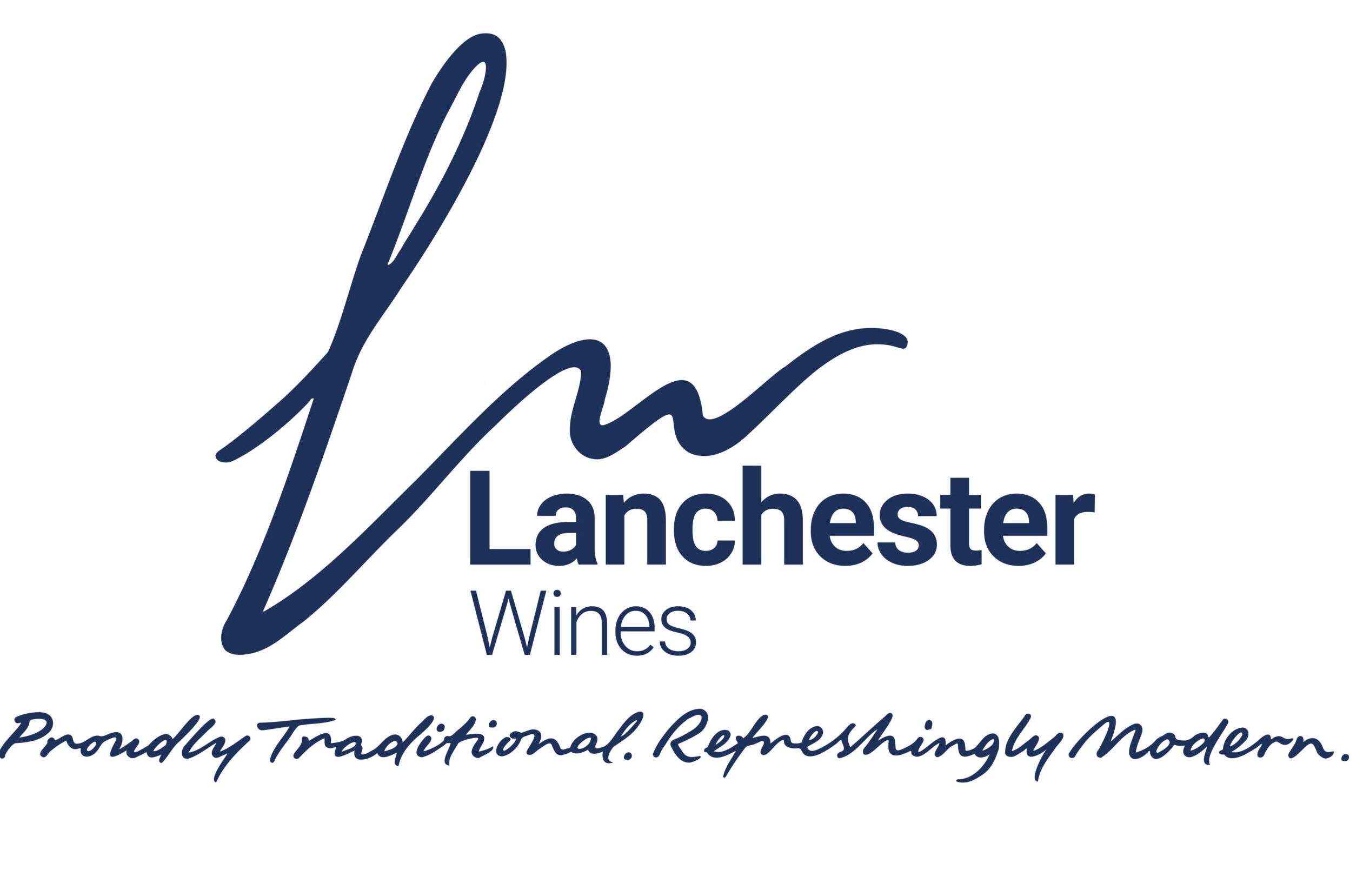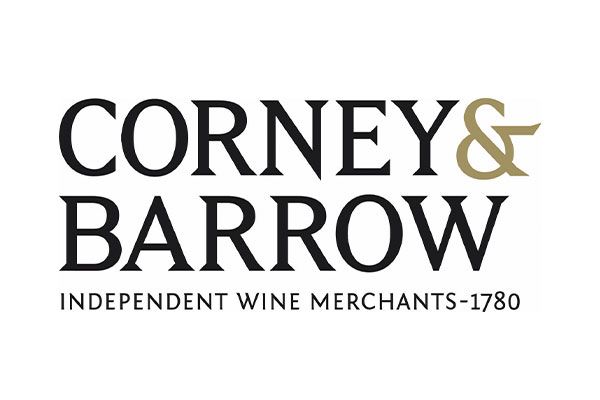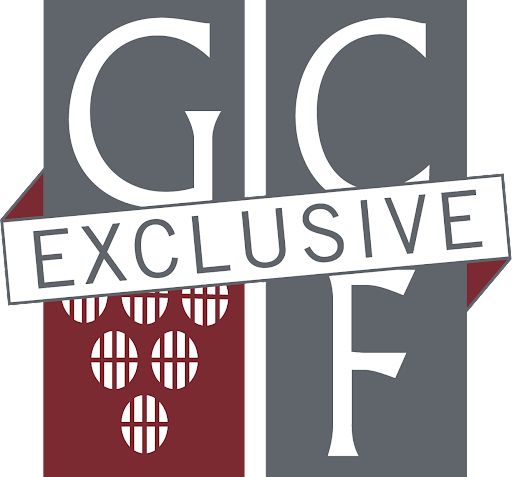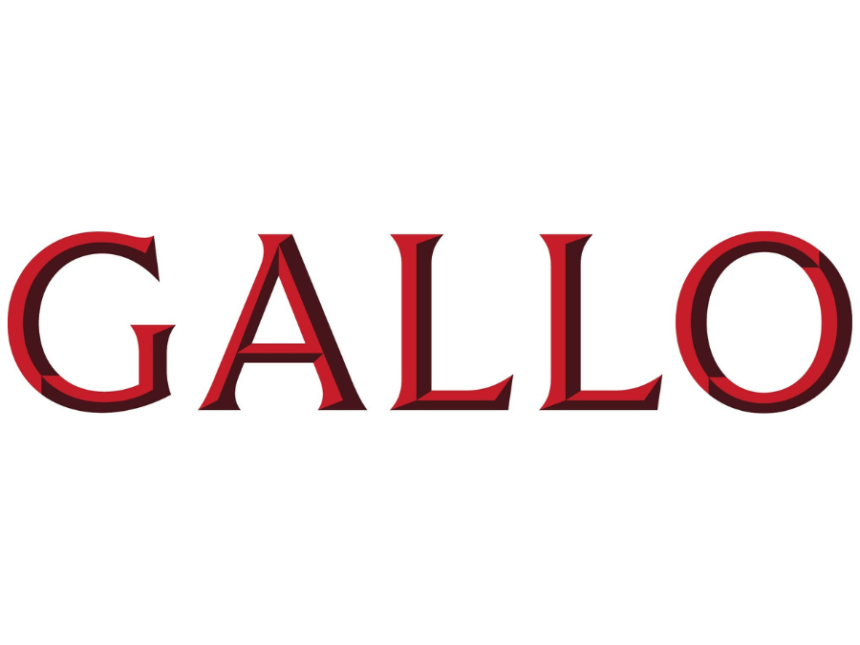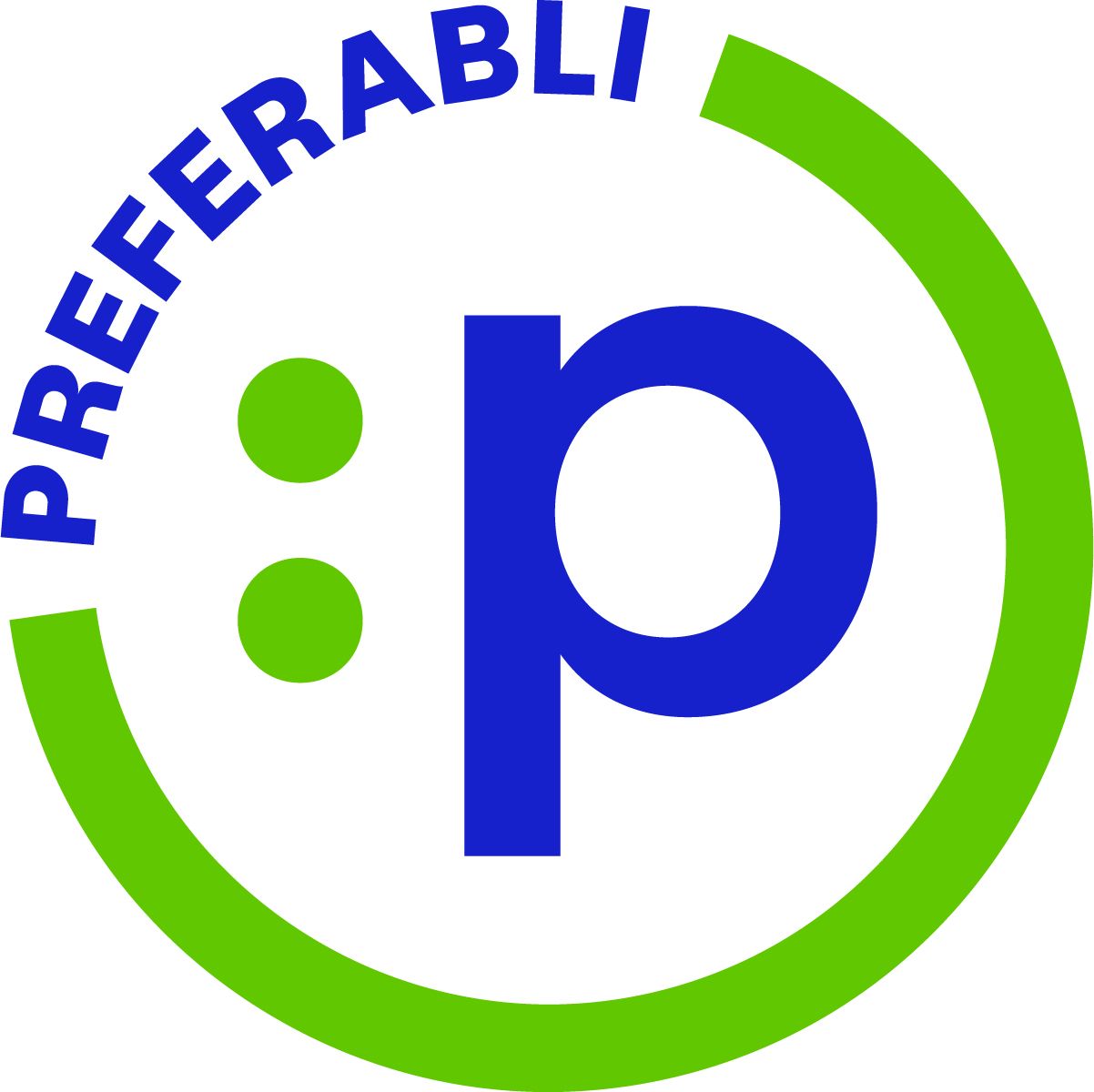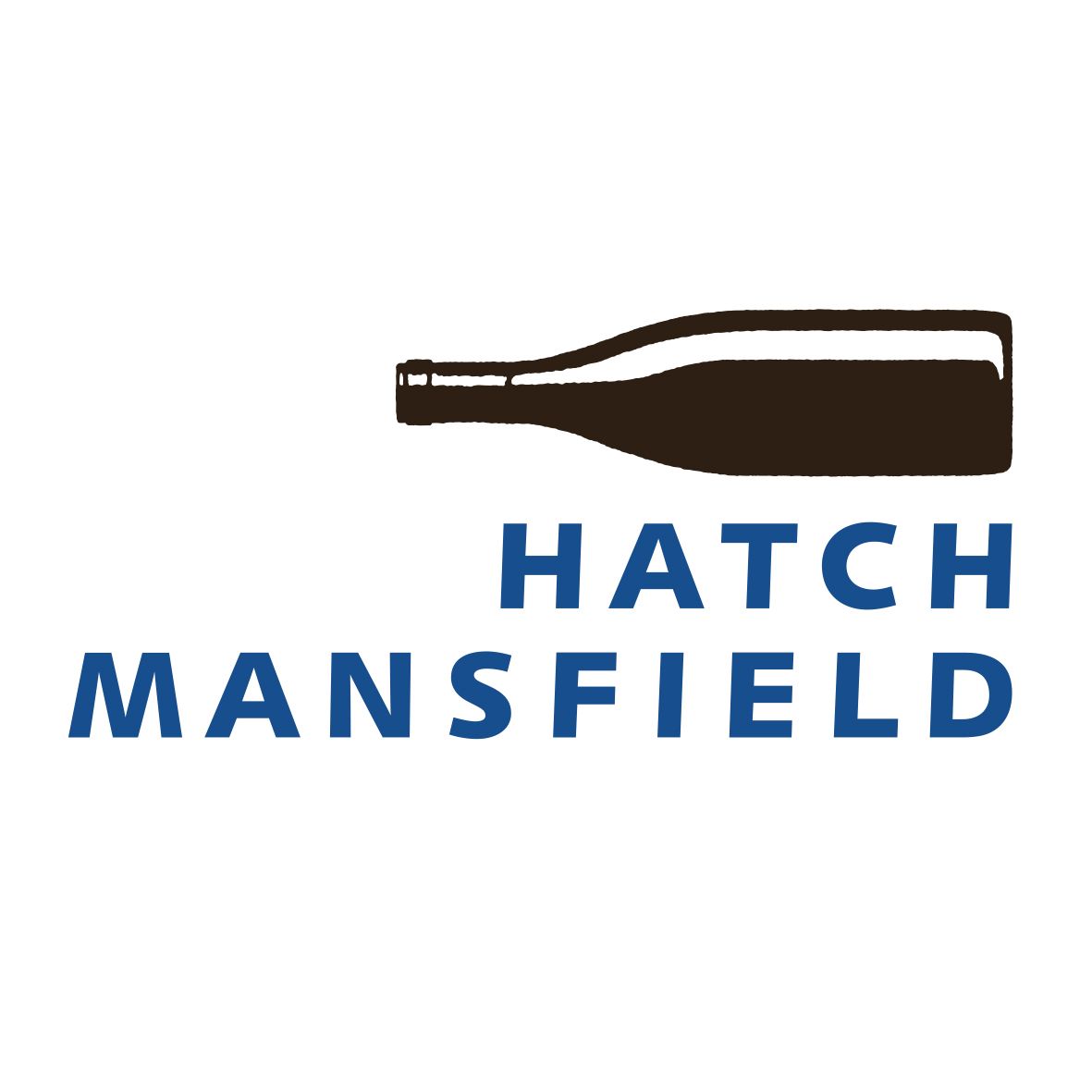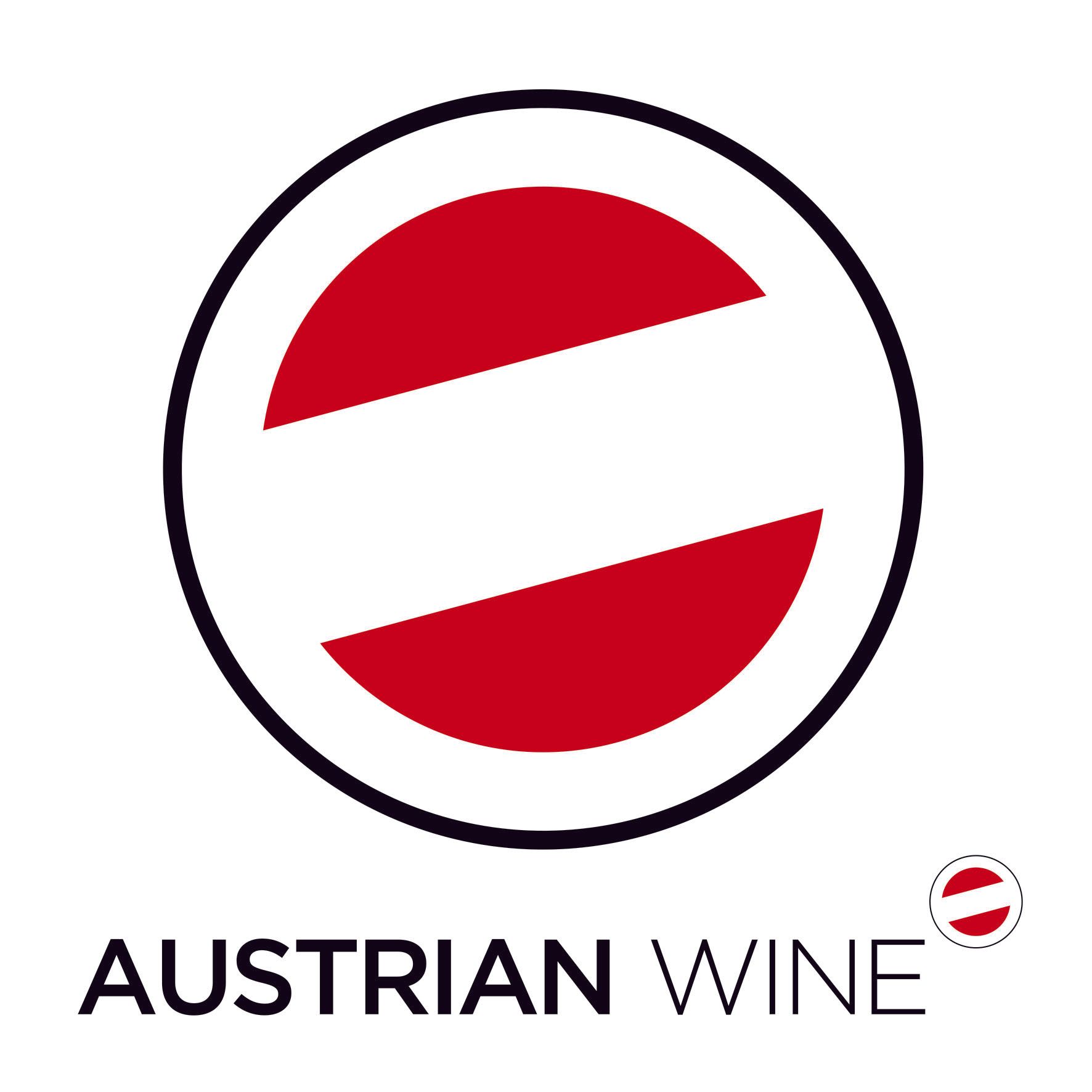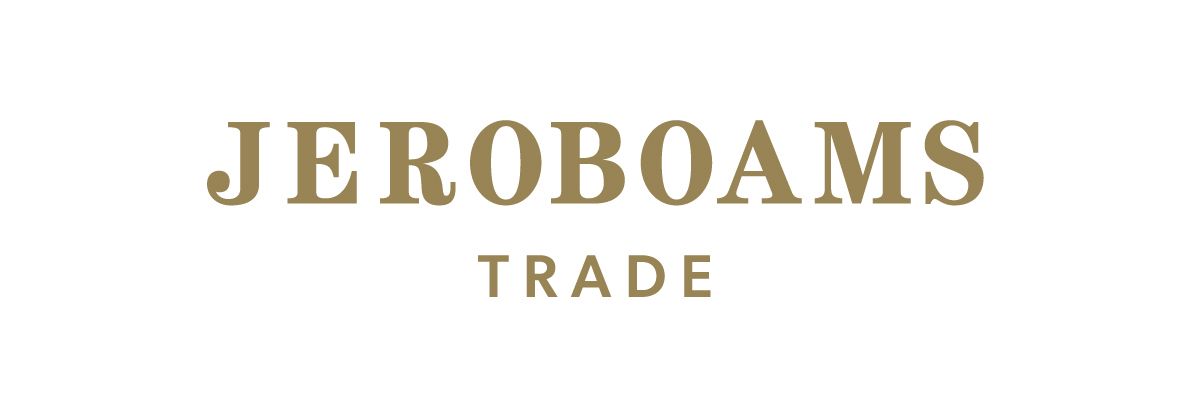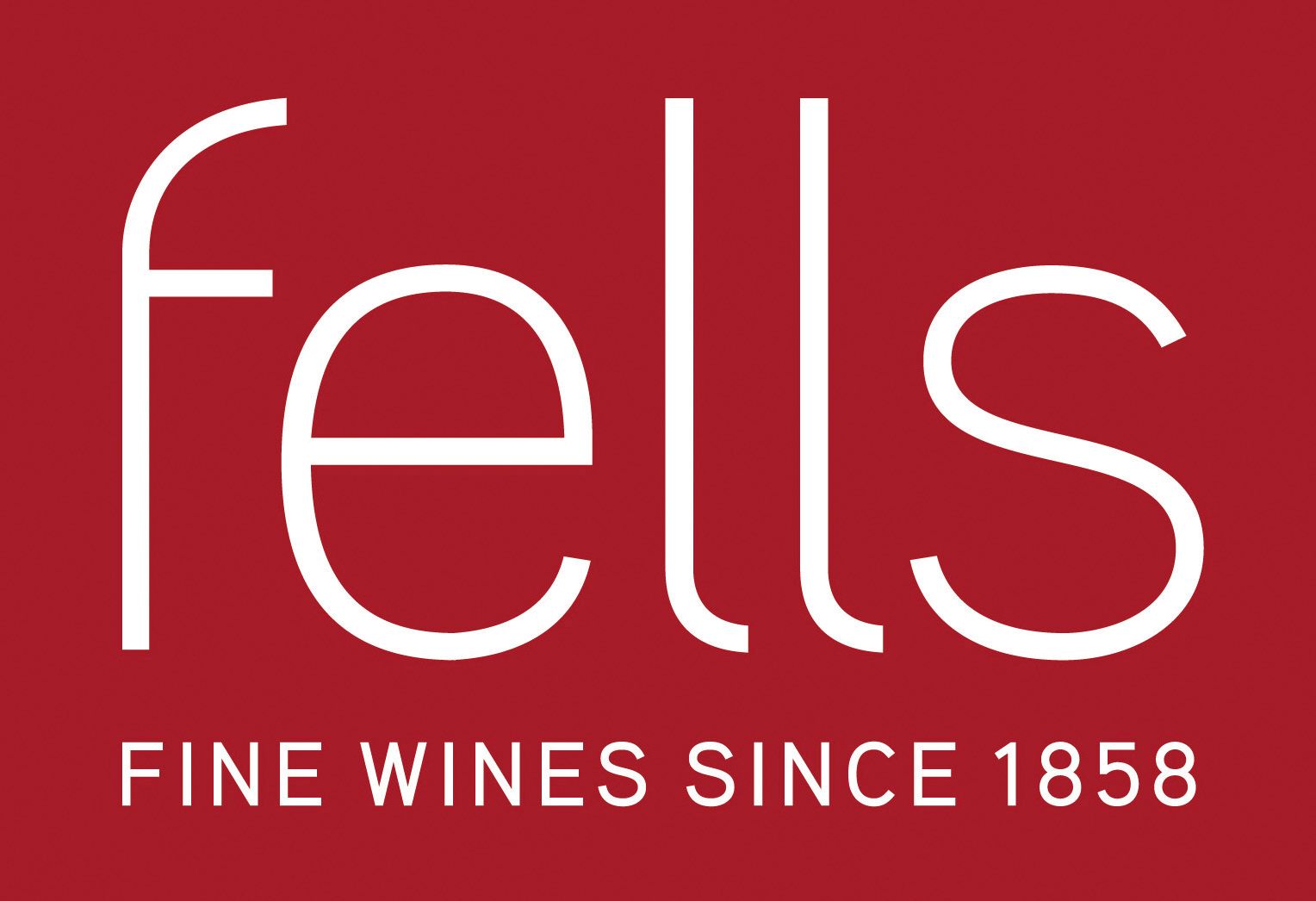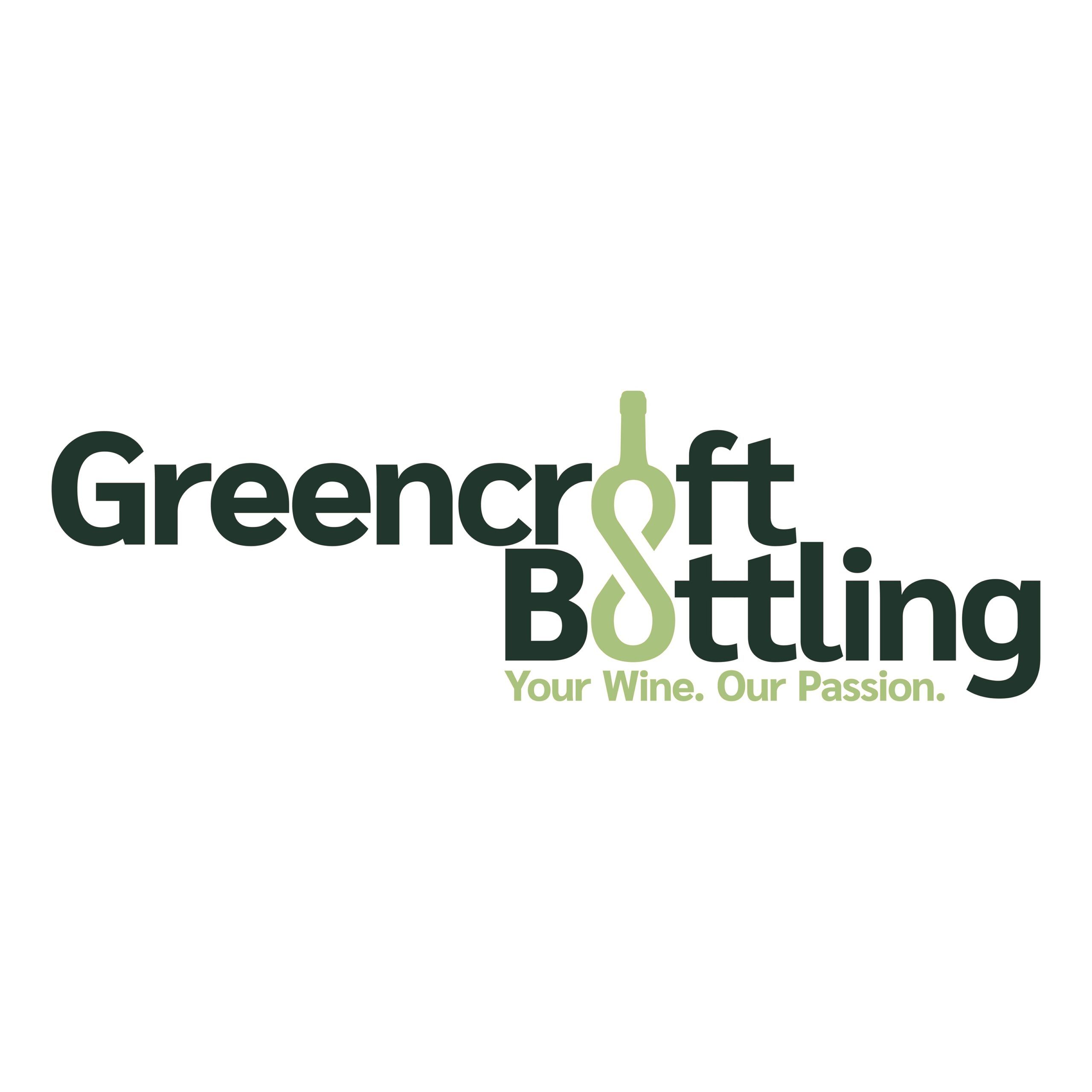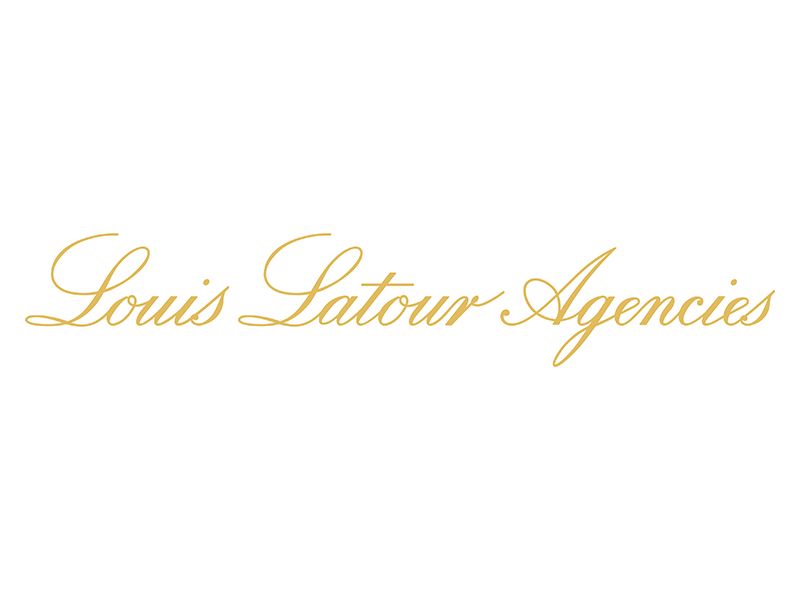When Packamama first introduced its revolutionary recycled PET flat bottles into the wine sector in 2018 it was probably a few years ahead of its time. Whilst there was a lot of talk about wine packaging and the wine industry’s need to do something about its almost total reliance on glass that’s all it was - talk.
Fast forward a few years and sustainability and packaging are two of the biggest issues that every drinks company has to have a solution for. Particularly now that the government’s controversial EPR (Extended Producer Responsibility) policy means producers, brand owners and distributors are now, to some extent, financially responsible for the entire lifecycle of their packaging up and down the supply chain.
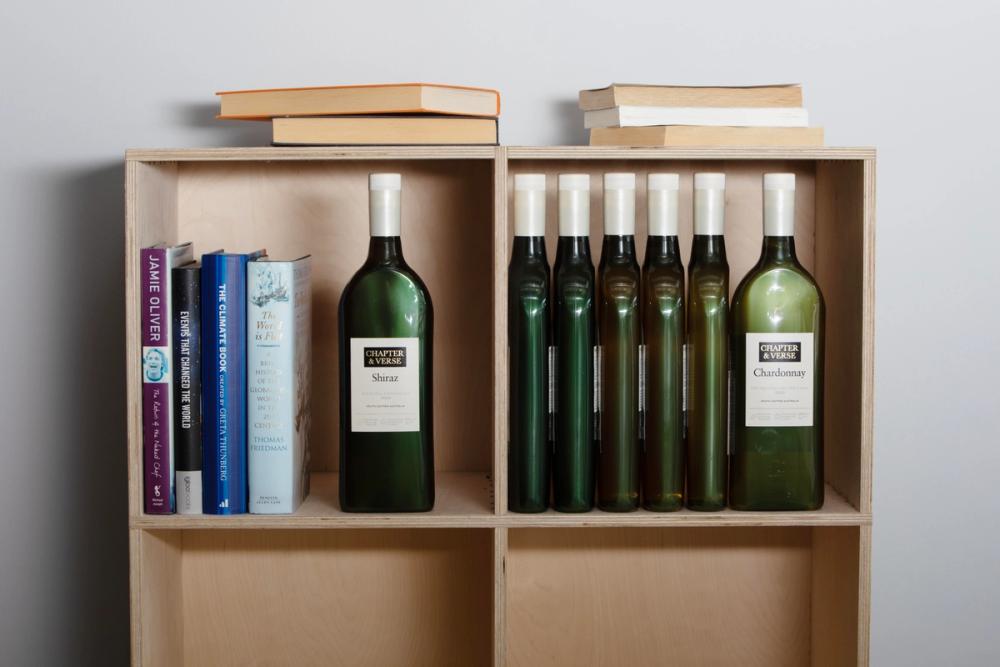
Packamama's breakthough eco-flat bottles have helped change the conversation about what is possible with wine packaging
Quite what that financial cost will be, and who is ultimately responsible for paying for it, is still to be fully resolved but the policy has already succeeded in pushing the packaging conundrum even higher up the corporate agenda.
Having helped start the debate around packaging, Packamama now wants to be front and centre of how the wine packaging of the future is actually produced, through the backing of its parent company Delivering Happiness Limited. We talk to its senior team to find out just what their vision for a “fundamental rethink of how wine should be packaged, moved and sold” actually looks like.
What do you mean by next-generation wine packaging and bottling facility? What will make it different to your peers?
Our present ambition for the facility is that it should focus on packaging formats that satisfy consumers, retailers, and brand owners, as there are no legacy systems, infrastructure, or designs. We are aware there is already ample glass bottle filling capacity in the UK, so we’re not focused on adding more of the same or entering a race to the bottom on price. Instead, we are building something that complements what exists by offering alternatives better suited to a changing market.
Consumers are showing a growing desire for new formats – formats they are already experiencing in other beverage categories – with strong sustainability credentials and suited to different purchase or drinking occasions.
The site should embrace the latest technology, from digital connectivity for employees and customers to robotic automation. Secondary and tertiary packaging will see significant advancements, as the wine industry has historically been slow and resistant to change compared to other beverage sectors.
How are you going to factor the government’s changing packaging and recycling polices - like EPR - into your new operation?
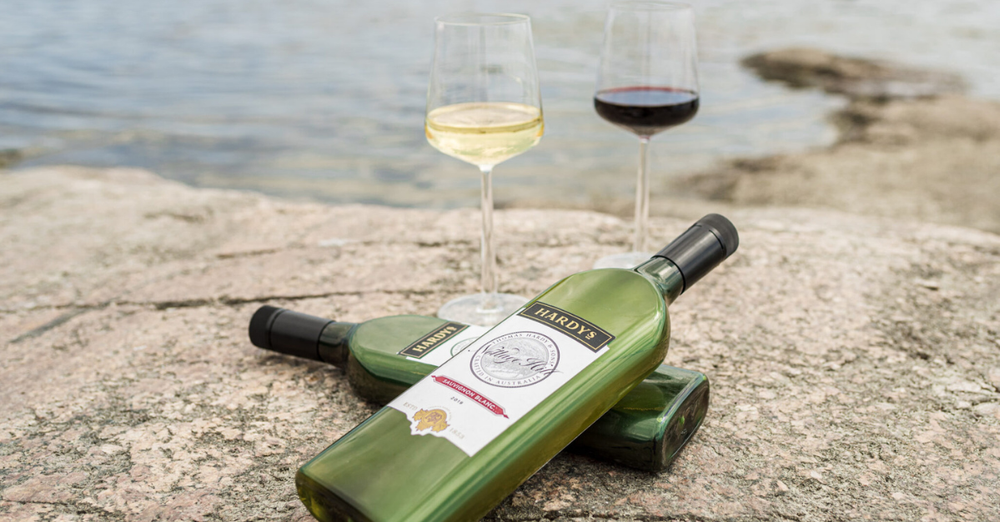
Hardy's was one of the first major brands to turn to Packamama's flat bottles
Extended Producer Responsibility (EPR) is a key consideration, but it’s just one part of the broader shift towards more accountable and transparent packaging systems. We’re planning to embed recyclability and emissions data into the very design of the facility, using both the UK government’s Recyclability Assessment Methodology (RAM) and the packaging guidelines of leading retailers.
Our goal is to make the process of understanding, reporting and reducing packaging impacts far easier for brand owners and retailers – whether that’s through life cycle analysis, format-level emissions tracking, or digital readiness for upcoming regulations.
What do you see as the biggest challenges facing packaging and bottling businesses?
Legacy infrastructure is a real constraint. Most UK facilities are optimised for volume, not flexibility. That’s efficient for standard glass, but it creates real challenges when retailers or brand owners ask for innovation – or when regulation demands change. The commercial models in place were not designed to accommodate agility. The challenge is to build something new: a model that delivers packaging flexibility, format diversity, and environmental performance, all at commercially viable price points. That’s exactly what we’re designing for.
How do you hope to overcome them?
By designing from first principles. Starting with what retailers and consumers want, not what machinery happens to exist. That means engaging now with the right partners and customers to build a co-developed solution that can flex with the market. Listening first. Then building.
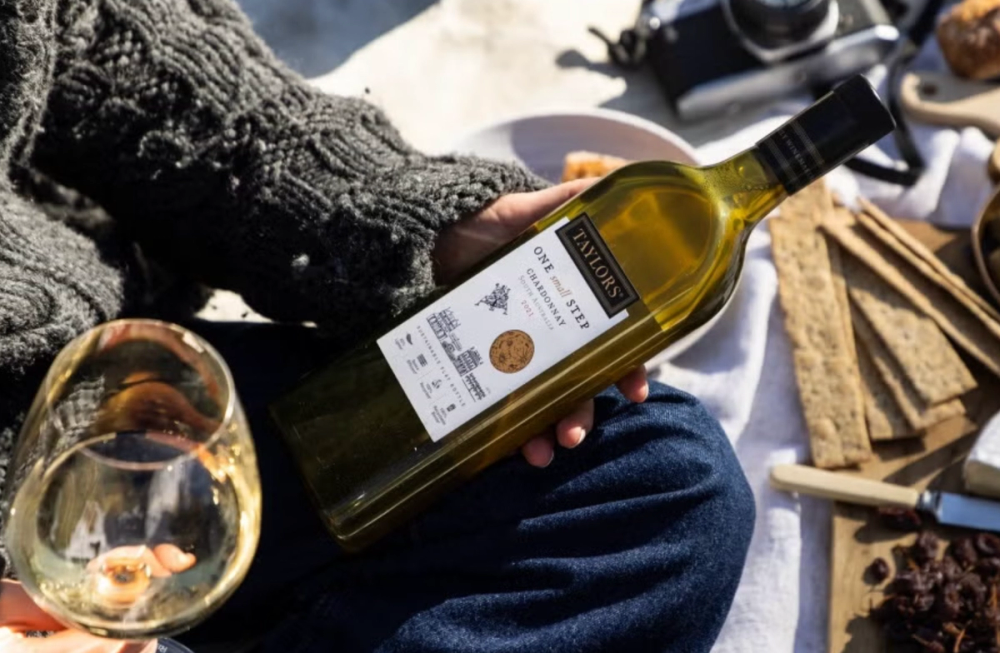
Packamama now works with a number of wine brands like Wakefield Wines
Technology clearly has a key role to play - where do you see the big breakthroughs coming in terms of technology?
Technology is reshaping every layer of the packaging and bottling process. We’re seeing major breakthroughs in materials – like plant-based polymers – that offer better branding with lower impact. Equipment is evolving too: we now have fillers that can handle cans and bottles on the same line, unlocking a new level of flexibility.
But perhaps the most transformational change is in connectivity. Real-time data across the supply chain – from fill line to shelf – should allow responsiveness and traceability the wine industry hasn’t seen before. For us, that means designing a facility where every process is digitally integrated and ready for what’s next.
What role do you think AI has in packaging and bottling in the future. Can you give examples?
AI will absolutely play a role – especially when combined with the ‘Digital Twins’ data and AI. This is about creating a live digital replica of the facility where data flows in real time, enabling predictive maintenance, smarter planning, and rapid optimisation. With no legacy system to integrate or conform to, we can design from the ground up: structuring how data is captured, analysed, and actioned using Machine Learning (ML) and AI.
That applies not only to operations, but also to packaging R&D, quality assurance, emissions tracking, and supply chain forecasting. We’ll aim to partner with market leaders in this space and also consider learnings from outside the beverage sector to ensure we’re building a future-ready platform.
You say: “Forward-thinking retailers are calling for packaging transformation and our intention is that this facility will answer that call.”What will it take for you to achieve that?
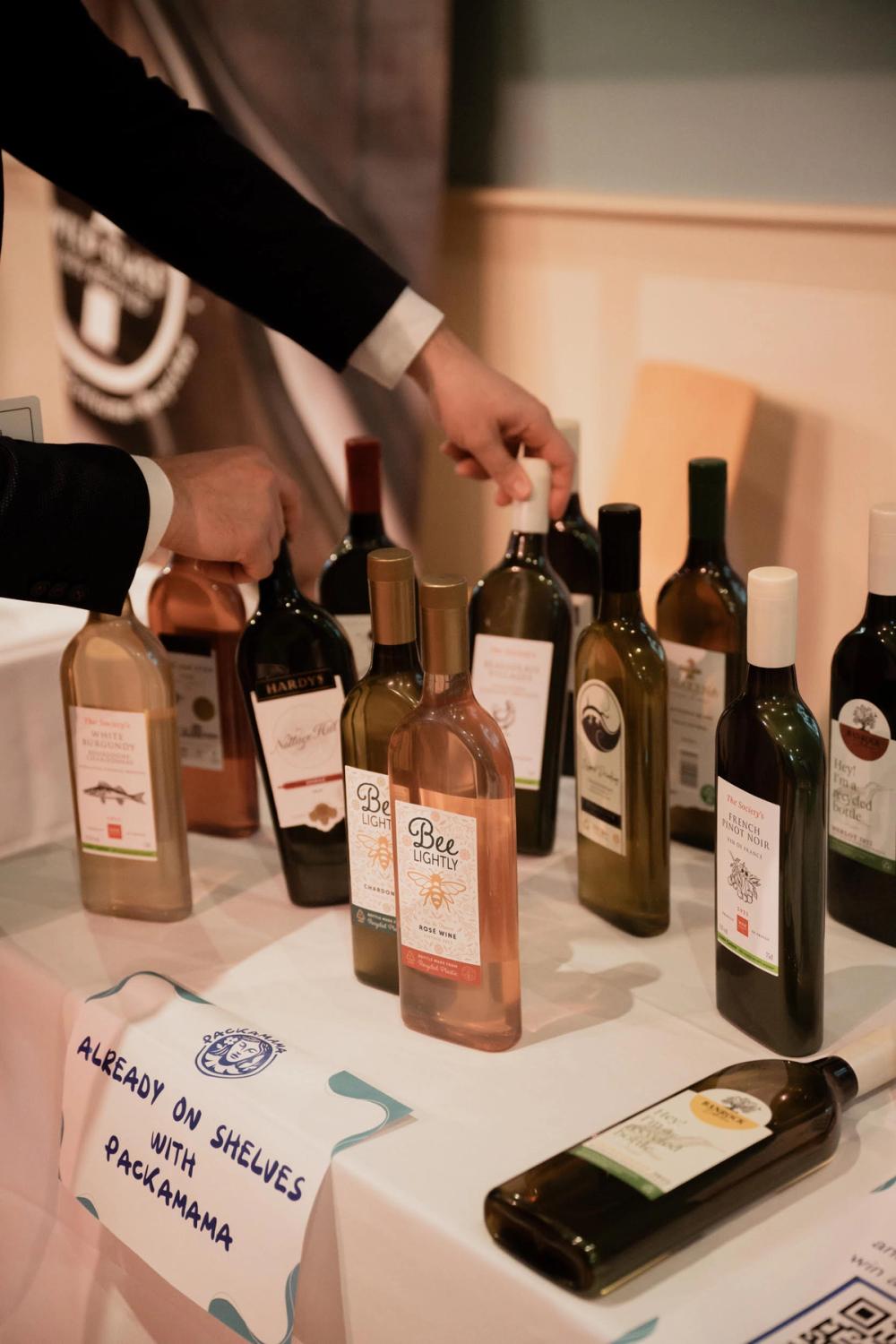
Alignment. We’re planning to bring together retail demand, production capability, and investor commitment to shape this from day one. Leading retailers are already asking the right questions. With the right partners, technology, and leadership in place, this facility would not only answer that call – it may become the benchmark.
Can you give more details on what this fundamental change might look like?
It means moving away from ‘glass focused solutions’. It means shelf-ready, e-commerce-optimised, low-carbon packaging that excites consumers, travels better, recycles more easily, and opens the door to new formats. It also means short-run agility, enabling brands to trial, adapt and innovate in real time. This is how wine packaging becomes part of the sustainability solution.
Will it involve a great deal of investment and new finance - if so where do you see that finance coming from?
Yes. We’re looking at a significant but staged investment, starting with exploratory R&D and potentially a pilot phase, and scaling from there. Early backing has come from Ryan Howsam, who sees the potential for transformation in the wine supply chain. As we validate the commercial opportunity, we’ll engage further investment – likely a mix of strategic partners, venture backing, and sustainability-driven capital.
Questions for Santiago Navarro
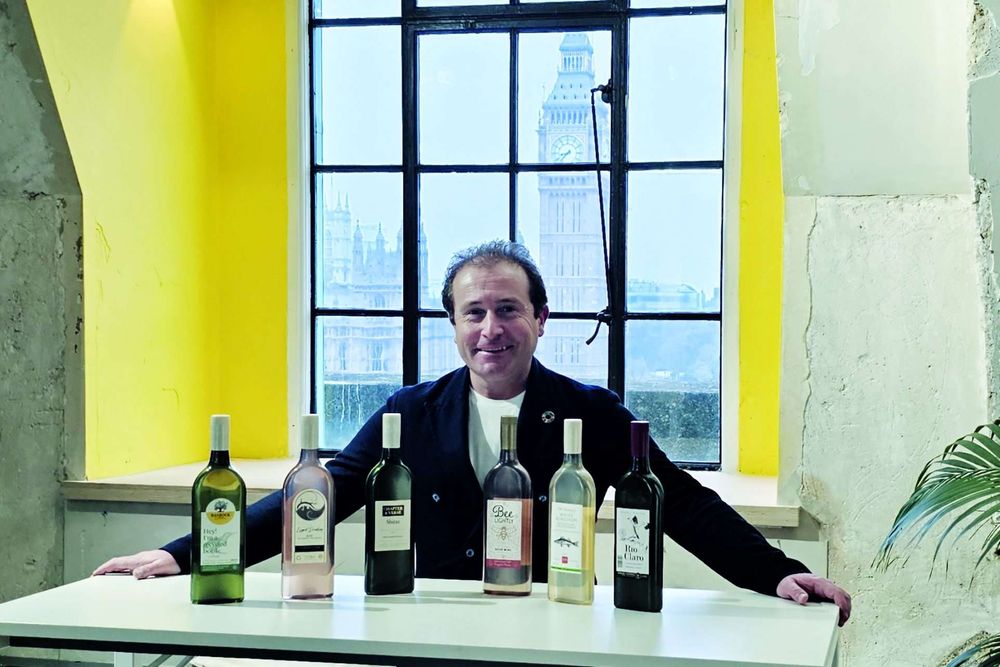
Packamama's founder Santiago Navarro and a pioneering voice in the packaging sector
Are there learnings from what is happening in other packaging sectors that can be applied to wine?
Absolutely – especially from other beverage categories. Coca-Cola has built a packaging system that’s agile and format-diverse, using cans, r/PET, glass, multipacks, refillables and more to serve different channels and consumer needs.
That kind of flexibility is exactly what wine bottling lacks today. BrewDog is another standout – not because of their packaging formats, but because of how they use their brands to address cultural and environmental issues head-on. Their campaigns make sustainability part of the product story in a way that resonates with consumers.
Wine can learn a lot from this: packaging should be both functional and expressive, reflecting the values that matter to today’s drinkers. The key is to treat packaging as a strategic asset – not just a container.
You are setting yourselves some weighty ambitions - what timeframe are you putting on achieving them?
We’re aiming for phased delivery. This year is focused on design, validation and commercial alignment. This is about building fast – but building right.
And what does success look like for you?
Success is when brands say we made it easier for them to be sustainable. When the facility becomes the go-to place for innovation in wine packaging – not just in the UK, but internationally. Success is when consumers share their love for the wines packaged at our facility – bought in the wine aisles of major retailers – on their social media. And success is when a leading retailer recommends to one of their core suppliers: “You should speak to this team; they’re doing something different, and it works.”
You can clearly play your own part in transforming packaging, bottling and product format but are you also looking for wider industry change as well?
Yes. This isn’t just about our facility. It’s about catalysing change across the industry – by proving new models work, by setting benchmarks, and by sharing data. We want to help raise the bar for everyone.
How are you looking to work with others in the trade to achieve these industry goals?
Collaboration is essential – not just to drive packaging innovation, but to accelerate climate action across the wine supply chain. We’re already engaging with major retailers, producers, and supply chain partners to co-develop solutions that meet shared goals. The facility will be open to those who want to trial new formats, run pilot lines, or explore more sustainable alternatives. We’re also committed to publishing comparative data on emissions and recyclability to help raise standards across the board. Climate change requires collective solutions – this is part of our contribution to that shared effort.
Questions for Ryan Howsam
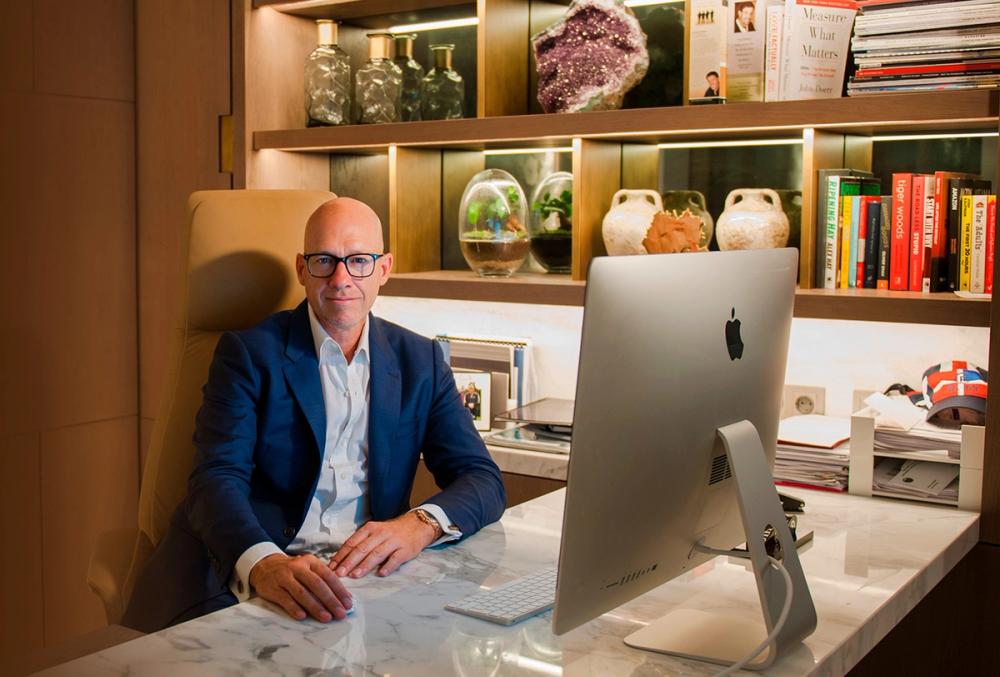
Entrepreneur Ryan Howsam is Packamama's senior investor
Why did you want to get involved and what are you offering in terms of finance and support?
I’m backing this because it’s the kind of game-changing idea that can shift an entire category. There’s strong commercial logic, a clear environmental case, and outstanding leadership. My role is to provide initial funding, strategic support, and governance oversight as we shape the next phase – ensuring this facility is built to last and scale.
What do you see as the potential for packaging going forward?
Packaging is going to be one of the most visible, measurable, and transformative levers for climate impact in wine. What we’re seeing here is the convergence of retail pressure, consumer demand, and regulatory tailwinds. I think Packamama is at the epicentre of that shift – and this facility could become the infrastructure that enables it.
Questions for Robin Copestick
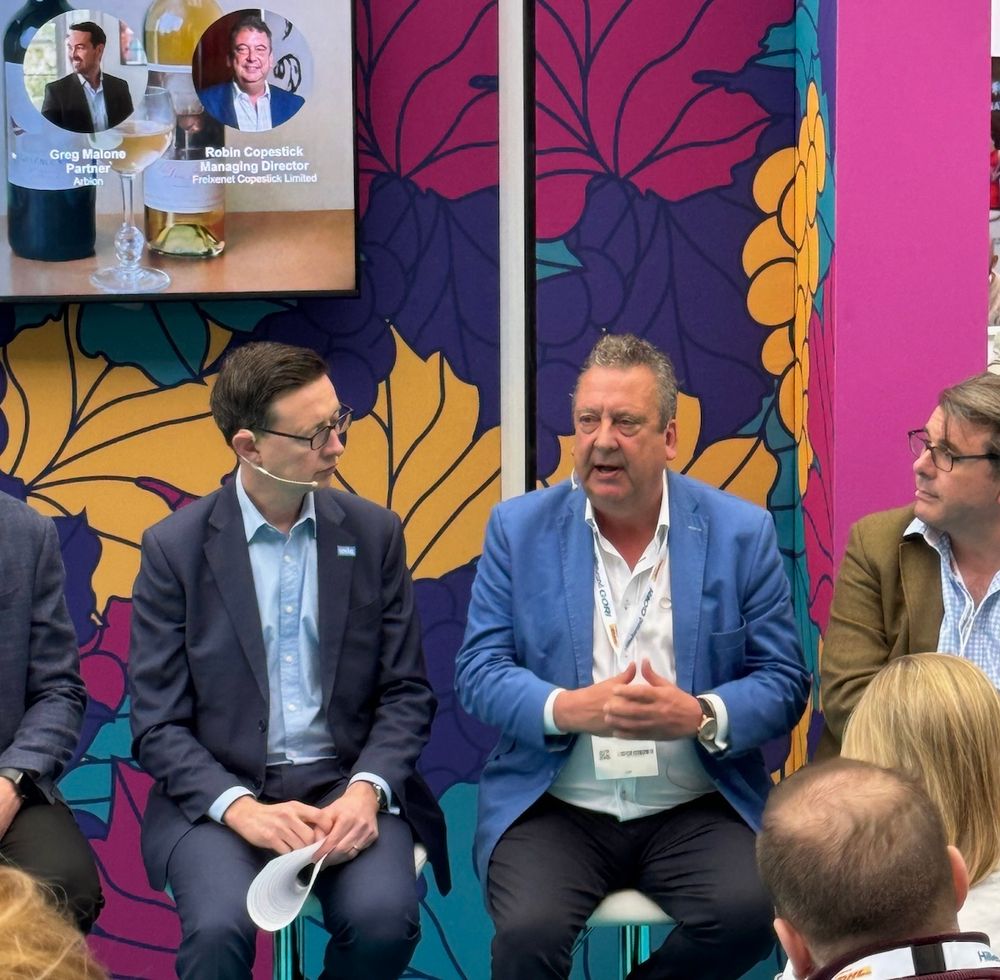
Robin Copestick is one of the wine industry's most respected and innovative business leaders
Why did you want to join in a non-executive role?
The team, the mission, and the timing. Packamama is tackling the right problem – glass dependency – with a real solution. I’ve known of Packamama for some time and admired its unique position in the wine industry and its ambition to bring together innovation, sustainability, and practicality in a way few others have managed.
What drew me in was not just the packaging, but the broader vision Santiago and the team are building: a climate-first company committed to meaningful change across the industry.
As someone who has spent decades working with global brands and retailers, I saw an opportunity to support a business that isn’t just talking about sustainability but delivering scalable, commercial solutions.
I believe Packamama is poised to become a force in shaping the future of wine and I wanted to be part of that journey. I am still very much full time with Henkell Freixenet and Freixenet Copestick. Therefore, if Packamama is as successful as I believe it will be I want to make sure that both Henkell Freixenet and Freixenet Copestick are at the forefront of this exciting innovation.
What do you see as the big untapped opportunities that are available?
One of the biggest untapped opportunities is bridging the gap between what retailers now expect – packaging innovation, sustainability, and standout design – and what most of the supply chain can actually deliver. Retailers are pushing for change, but the infrastructure and flexibility just aren’t there. That’s a huge space for us to lead in.
Another is agility. The wine industry has traditionally moved slowly, but consumer trends and environmental pressures are accelerating. Being able to bring a packaged product from concept to shelf quickly – whether for trial, seasonal opportunity, or permanent range – will be a key competitive advantage. Most bottlers can’t do that. This approach is designed to.
What do you think brands need to be focused most on when it comes to packaging?
Consumer understanding and shelf standout. If a new format is more sustainable but doesn’t get picked up, it’s failed. Brands need to focus on storytelling, visibility, and fit-for-purpose formats that excite shoppers while delivering on sustainability.
Question for Richard Lloyd
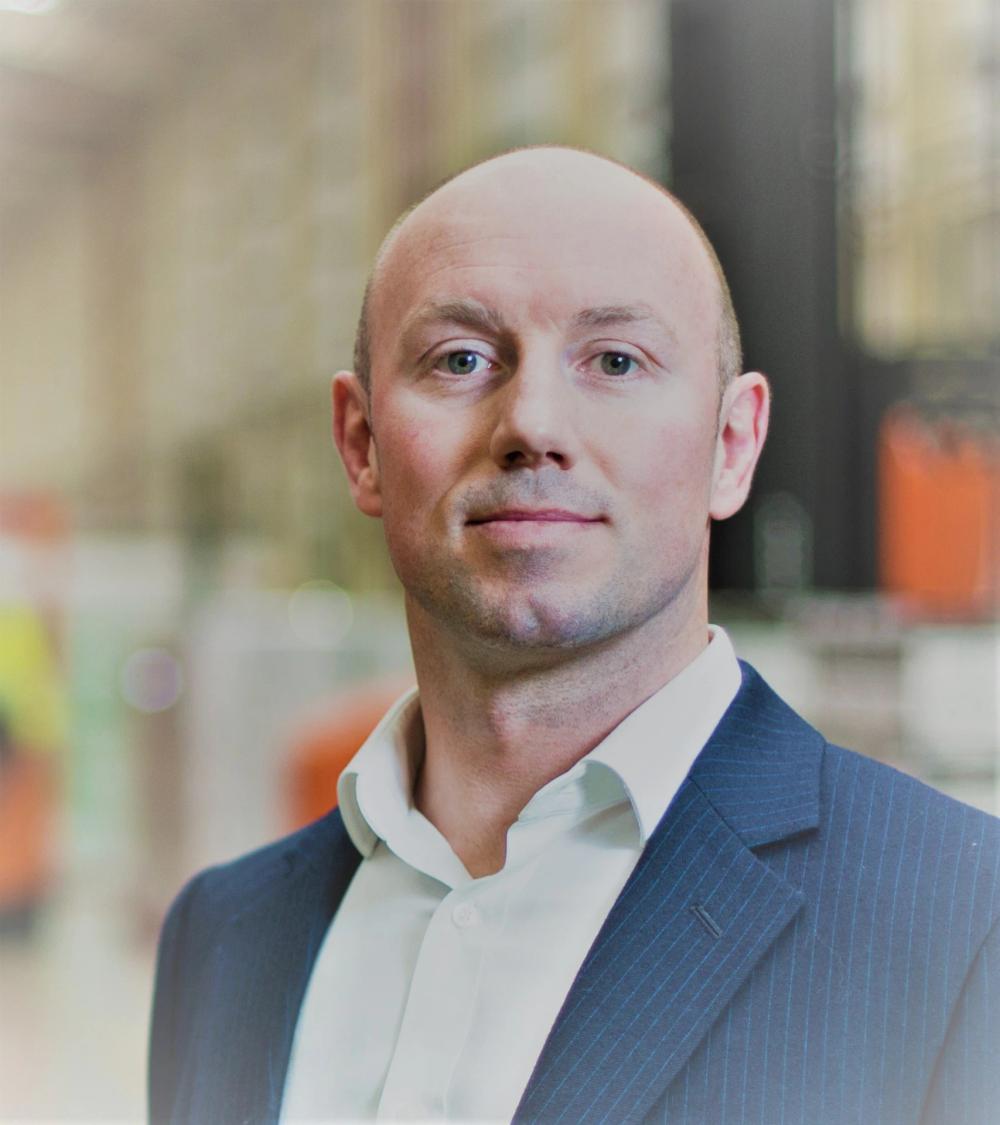
Richard Lloyd has extensive packaging experience during his time at Encirc and The Park
It is a big step going from such an established business as Encirc - what is it about Delivering Happiness [Ltd] that gives you the confidence to make the move?
Belief, drive, and enjoyment in work come from who you work with and sharing a common purpose. I want to do something bold and customer-focused, and the team at Delivering Happiness Limited provides that platform. I am fully committed to the vision of Santiago, Robin, and Ryan, and have loved the first few weeks together.
You say you are joining during an “exploratory phase” - what do you mean by that and what are you looking to achieve?
I have always believed in the power of innovation and the expertise of our industry supplier base. This exploratory phase is about putting that belief into action – by investigating every part of the packaging system with fresh eyes. That includes primary packaging formats and the feedstocks used to make them, as well as shipping formats, filtration methods, filling technology, secondary packaging, and palletisation.
We’ll also be exploring how digital advancements can better connect the entire supply chain – from production through to the retail shelf – enabling a level of insight and responsiveness the industry hasn’t had before. Crucially, we’ll be engaging directly with retailers and wine companies to ensure what we’re designing reflects the real value as seen by the consumer.
The final word, quite rightly, goes to Packamama's founder Santiago Navarro.
Anything else to say?
Just this: the time for incremental change is over. If we want to decarbonise the wine industry, packaging is the place to start. The good news? Consumers, retailers, and now infrastructure are finally aligning. Let’s not waste the moment.
* You can find out more about Packamama at its website here.

